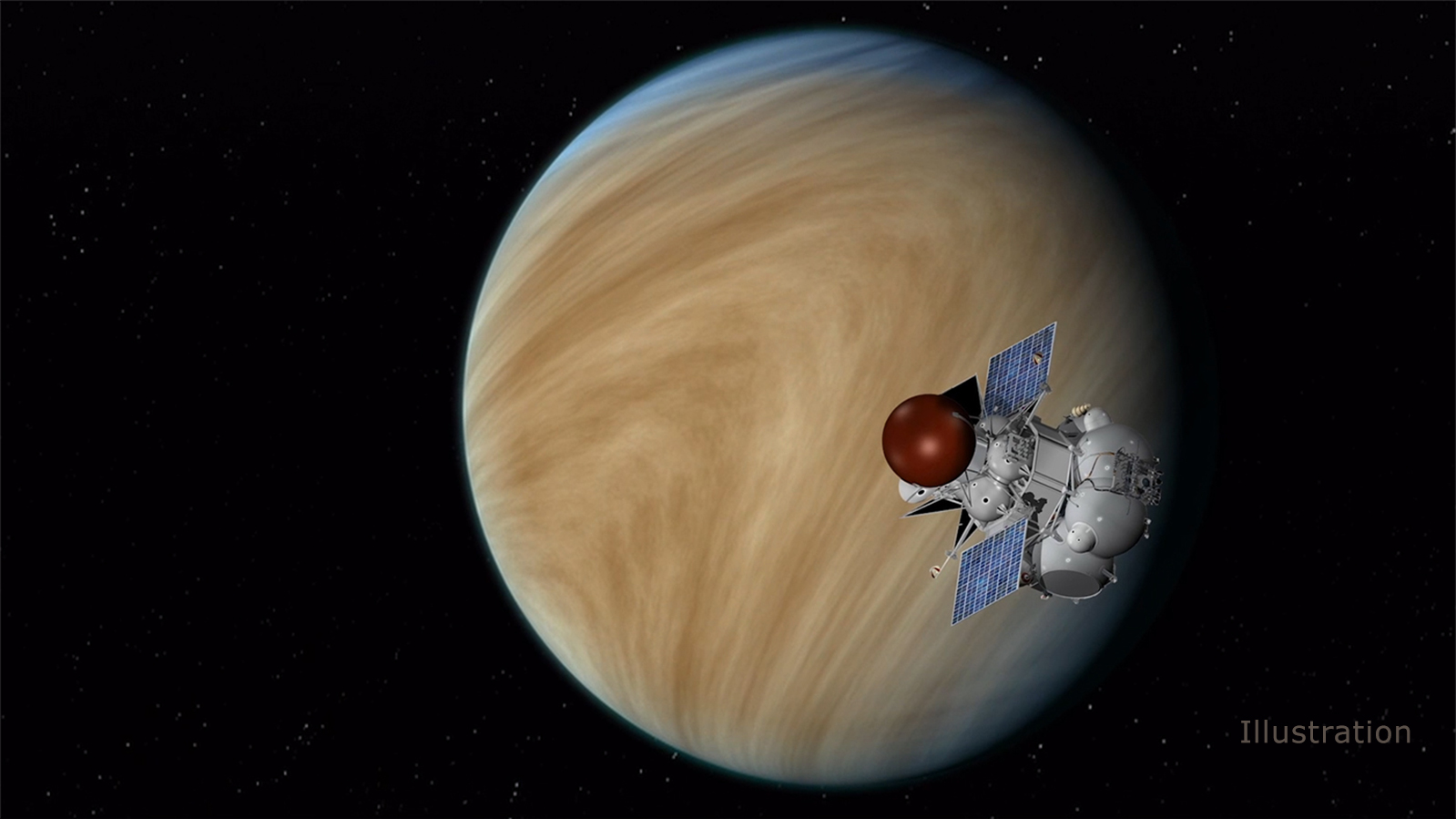
Last week, AmericaSpace reported on why NASA should return to Venus, and new technology being developed to help make that happen, especially as in longer-lived landers or rovers. With its extremely hostile conditions, Venus has been much less of a priority in more recent years, at least in terms of surface missions, despite it being Earth’s closest planetary neighbor. But now there may be more impetus towards a new mission – not one that NASA would do alone, but rather a joint mission with Russia, known as Venera-D.
Such a collaboration might be a smart move, considering that it was the former Soviet Union which first sent landers, the Venera and Vega series, to Venus’ surface in the 1970s and 1980s. They didn’t last long in the hot, high-pressure and corrosive environment, but they sent back a large amount of information and images, a very impressive feat. They provided our first close-up look at Venus’ surface. Sadly, however, there haven’t been any further surface missions yet, only orbiters and fly-by probes.
“While Venus is known as our ‘sister planet,’ we have much to learn, including whether it may have once had oceans and harbored life,” said Jim Green, director of the Planetary Science Division at NASA Headquarters in Washington. “By understanding the processes at work at Venus and Mars, we will have a more complete picture about how terrestrial planets evolve over time and obtain insight into the Earth’s past, present and future.”
As for this new initiative, a team of NASA-sponsored scientists will be meeting with the Russian Academy of Sciences’ Space Research Institute (IKI) next week, when they will discuss further work on a Joint Science Definition Team study focused on identifying shared science objectives for Venus exploration. Recently, a report was delivered to both NASA Headquarters in Washington and IKI in Moscow, which assessed and refined the science objectives of the Venera-D (Venera-Dolgozhivuschaya) Mission to Venus.
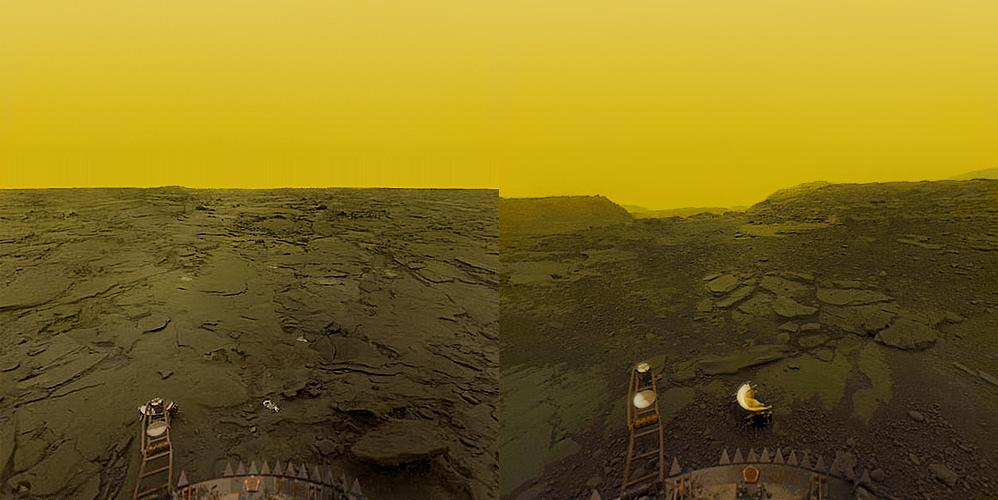
“On a Solar System scale, Earth and Venus are very close together and of similar size and makeup,” said David Senske, co-chair of the U.S. Venera-D science definition team, and a scientist at NASA’s Jet Propulsion Laboratory in Pasadena, California. “Among the goals that we would like to see if we can accomplish with such a potential partnership is to understand how Venus’ climate operates so as to understand the mechanism that has given rise to the rampant greenhouse effect we see today.”
As currently being contemplated, the Venera-D mission would include both an orbiter and a lander. The orbiter would study Venus for up to three years, while the lander would still be much more limited, lasting a few hours. That would still be longer than any previous lander however. There is also the possibility of some kind of Venus “airplane,” something which NASA has also looked into in previous studies. Solar-powered, it would be released from the lander and climb into the atmosphere, where it could remain for up to three months.
So far, the Soviet Venera and Vega probes are the only ones to actually land on Venus and send back data. Many scientists, and others, would love to go back there again, but now with better technology. The NASA-IKI initiative might be the way to go, seeing how Russia already has experience with multiple landers on Venus. Combining that with newer NASA technology as discussed previously, Venera-D could be an incredible mission.
According to Adriana Ocampo, who leads the Joint Science Definition Team at NASA Headquarters in Washington, “This potential collaboration makes for an enriching partnership to maximize the science results from Venera-D, and continue the exploration of this key planet in our Solar System.”
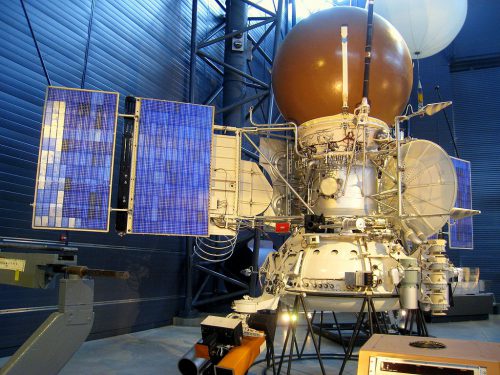
Venus has been a planet of much interest for a long time. It is the closest other planet to Earth and is almost exactly the same size, but that is where the similarities end. Its thick carbon dioxide atmosphere traps the already amount of heat from the Sun it receives, turning the planet into a hellish inferno. The surface pressure is also about 90 times that of sea level on Earth, and sulfur dioxide rains down from the clouds. It’s no wonder why surface missions have been so difficult, but there is still a lot to learn about Earth’s sister world. Venus also has an axial tilt of only 3 degrees, meaning that the planet has virtually no seasons. It is also the only planet besides Uranus which rotates backwards on its axis. Venus also has numerous volcanoes, at least some of which may still be active.
As discussed previously, new technology is needed for any future Venus landers or rovers, so that they could survive longer in the extreme environment. A team of scientists at NASA’s Glenn Research Center in Cleveland have now completed a demonstration of new electronics technology that could help NASA make some much-needed progress toward a new mission.
“With further technology development, such electronics could drastically improve Venus lander designs and mission concepts, enabling the first long-duration missions to the surface of Venus,” said Phil Neudeck, lead electronics engineer of the project.
The technology is similar to that of two previous NASA grants awarded to Ozark Integrated Circuits Inc., affiliated with the University of Arkansas, to develop silicon carbide circuits for a future rover called the Venus Landsailing Rover.
“Silicon carbide is a semiconductor that is ideally suited for the extreme environments found on Venus,” said Matt Francis, Ozark IC’s president and chief executive officer. “We have many years of experience working with this semiconductor fabrication process, developing models and process-design kits specifically for this process.”
Apart from landers or rovers, NASA is also looking at the possibility of new orbiters or even an uncrewed “airplane” called the Venus Atmospheric Maneuverable Platform (VAMP). This is a separate initiative from the airplane proposed for Venera-D, although perhaps the two proposals could be combined at some point.
It would be very light, inflatable, have a wingspan of approximately 150 feet and be able to carry 100 pounds of payload. It would cruise at altitudes between 31-43 miles (55-70 kilometers) for several months to a year, using both powered flight and passive floating.
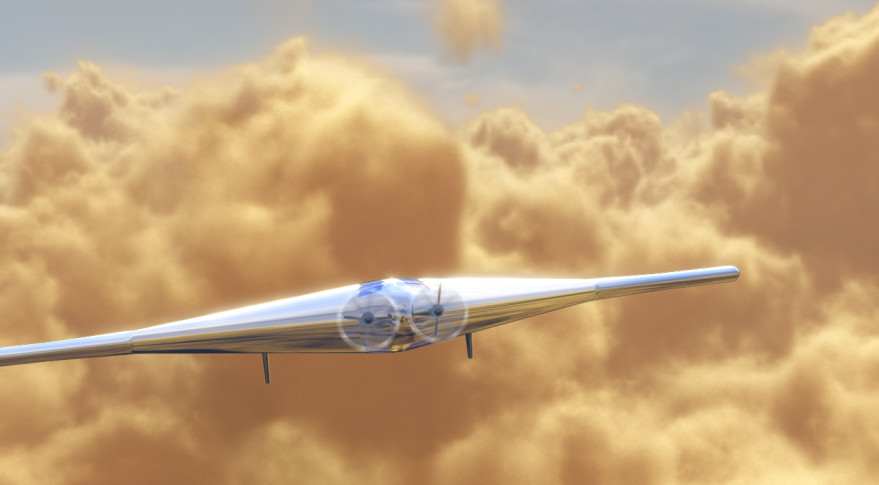
Two other Venus missions had been proposed as part of as part of NASA’s Discovery Program, but neither were chosen. The Deep Atmosphere Venus Investigation of Noble gases, Chemistry, and Imaging (DAVINCI) mission would have studied the chemical composition of Venus’ atmosphere during a 63-minute descent. The Venus Emissivity, Radio Science, InSAR, Topography, and Spectroscopy (VERITAS) mission would have produced global, high-resolution topography and imaging of Venus’ surface and also produced the first maps of deformation and global surface composition. It is unfortunate that these missions will not be going forward, but if the reported collaboration with Russia is any indication, there may still be a return mission in the not-too-distant future.
It would certainly be worthwhile to go back to Venus, as new missions could provide more clues as to how and why Venus changed so much during its history. Evidence we do have now shows that it may have once been more Earth-like, even having oceans. But something happened to cause a massive run-away greenhouse effect, which turned the planet into the scorching world we see today. There may also be implications for exoplanets which are Earth-sized; just because a planet is the same or similar size to Earth, does not mean it is necessarily habitable. Venus orbits near the edge of our Solar System’s habitable zone, the region where temperatures could allow liquid water to exist on the surface. But as we see with Venus, a planet’s available water and habitability can depend on a lot on other environmental factors.
And what about those puzzling dark streaks in the upper atmosphere? The ones which some scientists surmise might actually be composed of ultraviolet-absorbing microbes floating high up in the clouds?

“These are questions that haven’t been fully explored yet and I’m shouting as loud as I can saying that we need to explore them,” said Sanjay Limaye, an atmospheric scientist from the University of Wisconsin, Madison, a former chair of NASA’s Venus Exploration Analysis Group (VEXAG) and a member of the Venera-D science definition team. “It’s a possibility we can’t overlook,” he said.
It may seem unlikely, although microbes have been found at similar heights in Earth’s atmosphere. This is also the altitude of the dark streaks, in a region beginning around 31 miles (50 kilometers) in altitude and extending several miles outward – a “sweet spot” where temperatures range from 86ºF to 158ºF (30ºC and 70ºC) and the pressure is similar to that on Earth’s surface. This is just one of many puzzles about Venus that return missions could help solve.
Shrouded in perpetual cloud cover, Venus has been a source of mystery and fascination for a very long time. We are now starting to find out what this world is really like (hint: not a steamy jungle as once envisioned), but there is still much to learn. But the only way to do that is to go back with new landers, rovers, orbiters, balloons or aircraft.
With or without Russia, Venus should be a target of future exploration. There is still much to be learned about our sister planet, including how its carbon dioxide-induced transformation from a once potentially habitable world to the hellish inferno we see today might help scientists better understand climate change on our own planet. The European Space Agency’s Venus Express probe orbited Venus from 2006-2104. Only Japan currently has an orbiter at Venus, called Akatsuki. NASA’s first visit to Venus was with the Mariner 2 flyby probe in 1962. The last NASA orbiter was Magellan from 1990-1994. The last Soviet Vega landing was in 1985. It’s time for NASA go back.
Be sure to “LIKE” AmericaSpace on Facebook and follow us on Instagram & Twitter!





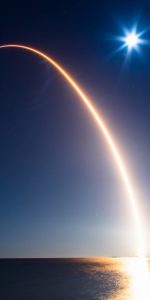
“A New NASA Collaborative Mission With Russia” on Venus would be good.
A NASA Collaborative Mission With Russia on the Moon would also be good.
Support for human Lunar missions seems to be growing:
“But as the new administration reportedly shows greater interest in sending humans to the moon, Aldrin said lunar missions could play a role in Mars settlement by testing systems intended for use on Mars. ‘The moon enables us to go to Mars,’ he said. ‘It’s almost mandatory, in my way of thinking, because the base that we want on Mars we will design and place it on the moon.'”
And, “That could be done with international partners, Aldrin said, tying into interest by other nations in lunar exploration. ‘At the moment we’re seeing a renewed interest in the moon,’ said Time magazine editor at large Jeffrey Kluger, who appeared on stage with Aldrin and in the later Facebook Live interview. ‘The moon has suddenly become the ‘it’ world as it was in the 1960s.'”
From: ‘Aldrin: Pence offered few details of space policy in White House meeting’
By Jeff Foust March 15, 2017
At: http://spacenews.com/aldrin-pence-offered-few-details-of-space-policy-in-white-house-meeting/#sthash.2QRCEe5l.dpuf
James,
I am thinking this is a $1B program that will cost the US Taxpayers $4B after its done because while this is discussed as a joint venture with Russia…That really means we will be paying them to partner with us so that they have money for their space program…Especially after 2018 and there won’t be a reason to pay them $500M a year for seats on the Soyez to ISS..
I am sure there are other “partnering opportunities” in the works as well.
Russia the modern day MOB
Tracy the Troll –
Maybe there are bigger sharks to worry about at the moment.
See: ‘How US nuclear force modernization is undermining strategic stability: The burst-height compensating super-fuze’
By M. Kristensen, Matthew McKinzie, and Theodore A. Postol March 1, 2017
At: http://thebulletin.org/how-us-nuclear-force-modernization-undermining-strategic-stability-burst-height-compensating-super10578
Obviously, America and Russia stabilizing and then improving their deteriorating relationship on Earth would be a mutual win-win deal for the Home Planet. Wars cost lots of lives, can run in the trillions of dollars, and may take decades to recover from…
And we have another critical issue that also needs careful attention…
See:
‘Why does WikiLeaks keep publishing U.S. state secrets? Private contractors.’
By Tim Shorrock March 16, 2017 at: The Washington Post